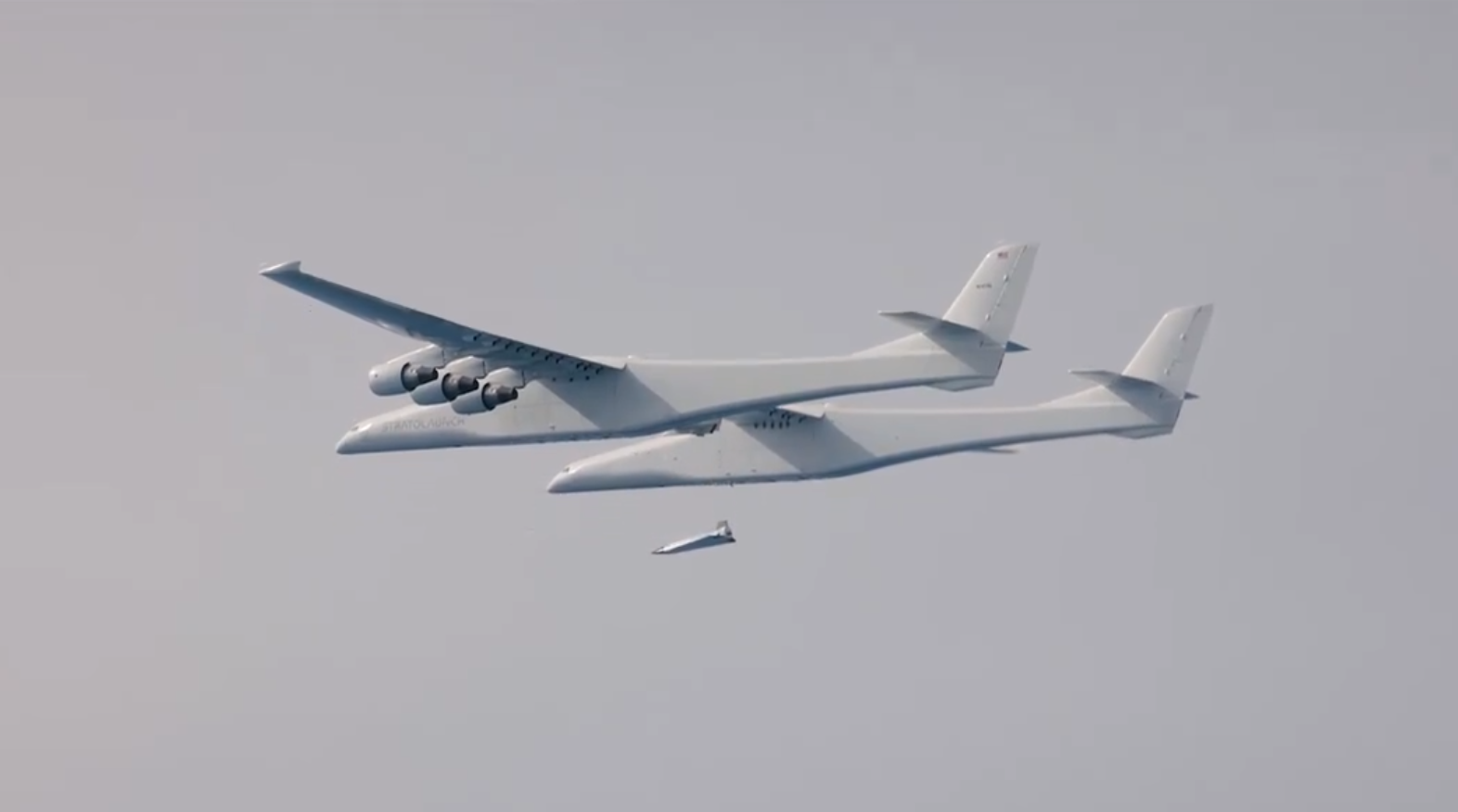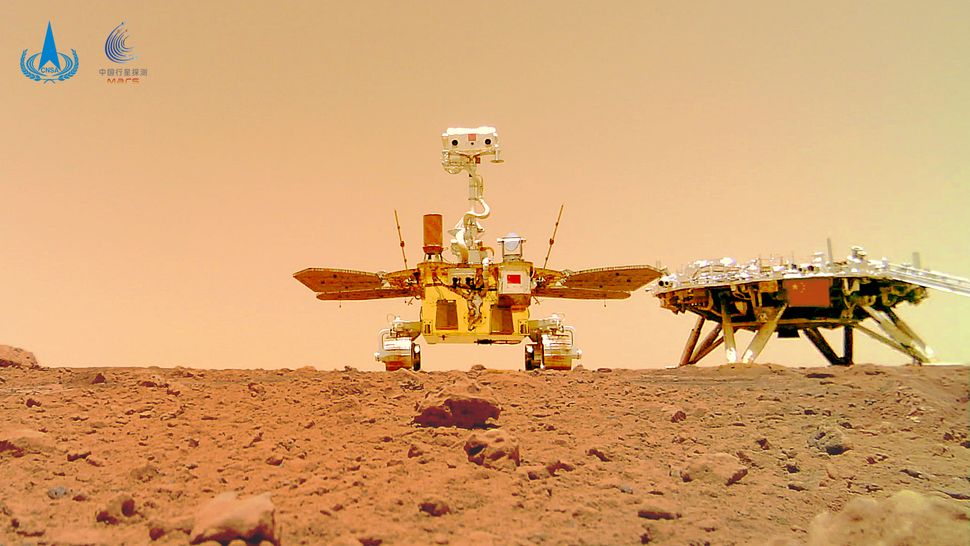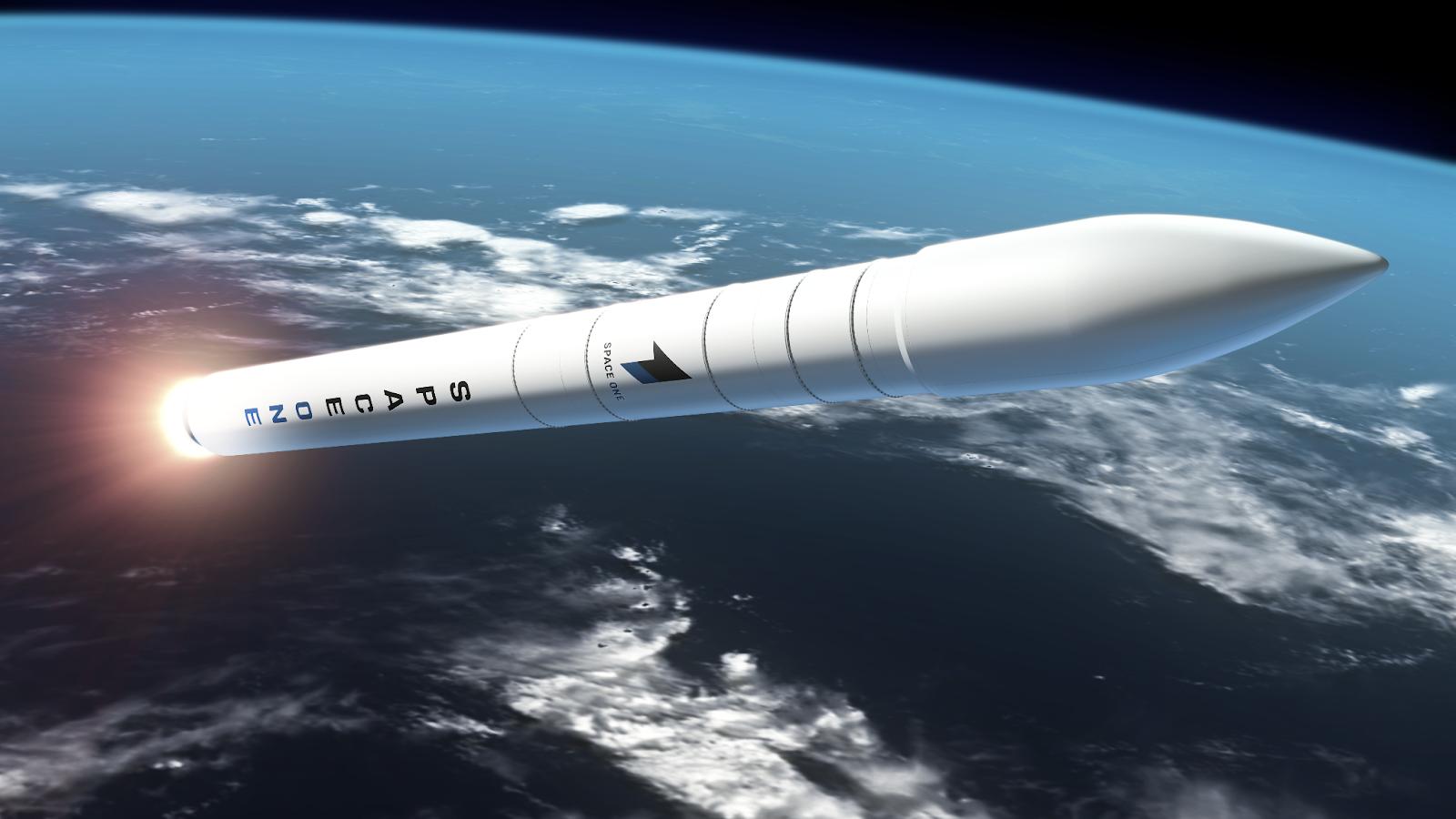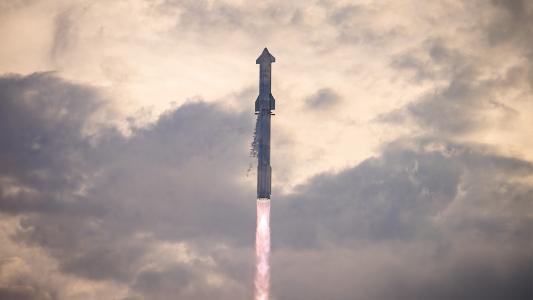This is T-Minus, where we count down the biggest developments in space, from new rocket launches to discoveries that advance our understanding of the universe and our place in it. Humanity is reaching new heights in space exploration. Make sure you’re part of the journey by subscribing here.

Talon fires up its engines
Hypersonic vehicles — ones that move at least five times the speed of sound — could be the future of transportation and military weaponry, but designing them is a major challenge, partially because they’re extremely expensive and complicated to launch from the ground.
Aerospace company Stratolaunch is building an “air launch” system that uses a massive plane, called “Roc,” to drop hypersonic prototypes from a high altitude. In addition to giving hypersonic vehicle developers a way to avoid the challenges of a traditional take-off, Stratolaunch envisions Roc one day being used to launch space planes, too.
While customers like the military or aerospace companies could use Roc for test flights of their own vehicles, Stratolaunch is also developing a hypersonic aircraft, called Talon-A, that they could use if they just wanted to test specific technologies for their own systems — and on March 9, the company completed its first powered test flight of the vehicle.
While Talon-A didn’t reach hypersonic speeds during this flight, it did accelerate to high supersonic speeds and complete a controlled landing on the water — encouraging signs on the path to ushering in an era of hypersonic flight.


China updates rock collection plans
In September 2021, NASA’s Perseverance rover started collecting samples of Martian rock in the hope that a future mission will bring them back to Earth. It’s possible those could be the very first samples of Mars to reach our planet — but China wants to beat NASA to the punch.
While NASA’s proposed sample retrieval mission has been paused due to design, budget, and scheduling issues, China is making progress on its own plan to collect Mars rocks, telling reporters on March 6 that it has all the tech needed for the mission and expects to launch it around 2030.
Regardless of which nation brings back the first Mars rock samples, the achievement will be a boon for the global science community, as the rocks could answer important questions about the Red Planet, including whether it still contains water and whether it once hosted life.


Space One’s rocket explodes
On March 12, aerospace company Space One set out to become the first private company in Japan to successfully put a satellite into orbit, and unfortunately, it fell well short of its goal — five seconds after lift off, its Kairos rocket exploded.
According to Space One, the rocket’s automated system detected some anomaly that triggered self-destruction, but it is still investigating exactly what went wrong. Once it figures out the problem, it can start planning for the next launch attempt.
Though this was obviously not the outcome Space One was hoping for, most private rockets fail to reach space on their first try — in fact, Chinese startup Space Pioneer is to date the only private company to succeed in reaching orbit with a new rocket on its inaugural flight.
“We don’t use the world ‘failure,’ because each trial brings us … new data and experience for another challenge,” Masakazu Toyoda, Space One’s president, told reporters during a news conference.

We’d love to hear from you! If you have a comment about this article or if you have a tip for a future Freethink story, please email us at [email protected].





